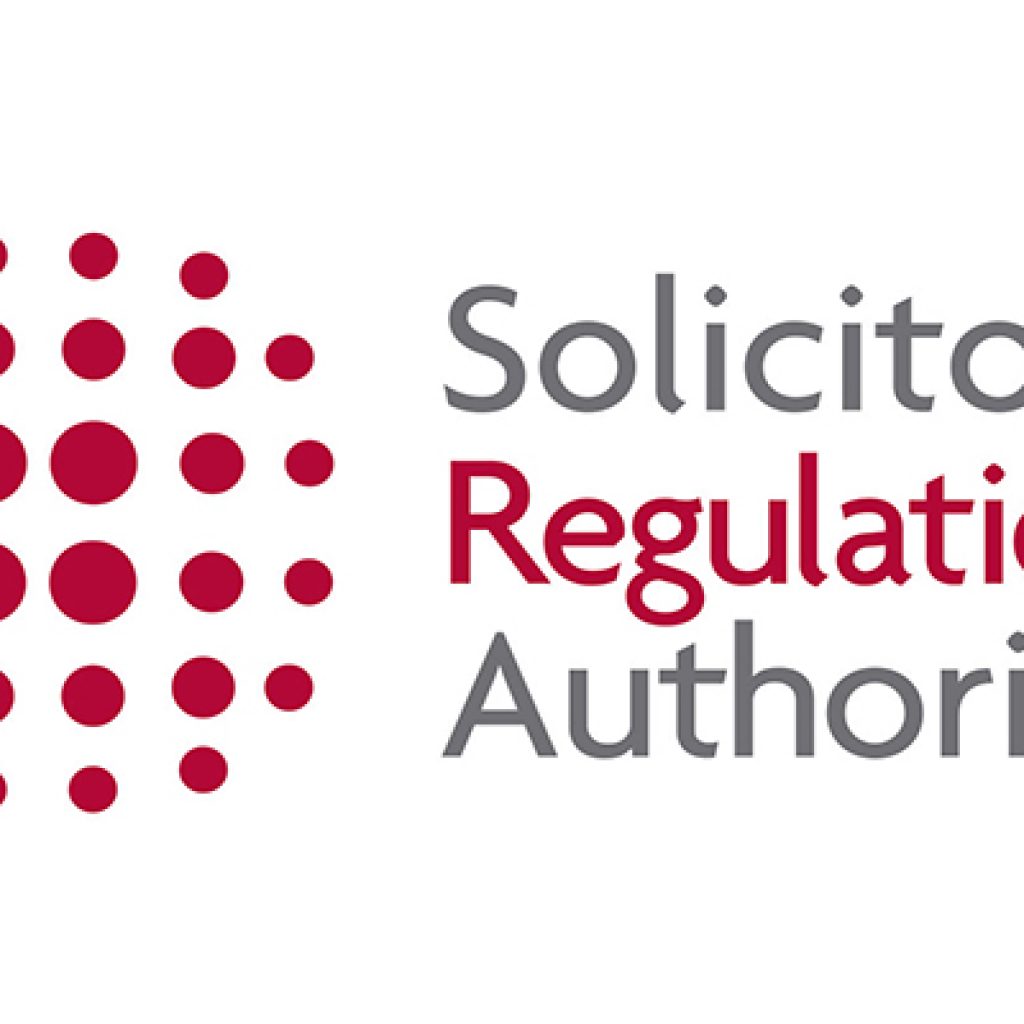The Solicitors Regulation Authority (SRA) has published analysis of professional indemnity insurance trends for law firms. The analysis will be used to inform the development of proposals for changes to minimum cover requirements.
Data was collated after initial plans to alter the minimum terms and conditions were put on hold because the Legal Services Board (LSB) wanted more information before agreeing to any changes. The SRA has now undertaken analysis of ten years of claims data – from 2004 to 2014 – from insurers currently active in the market. The data has been presented along with data from other sources to show trends in the insurance market.
Securing an indemnity insurance policy is the single highest cost of regulation – with small firms particularly affected. The SRA wants to take a proportionate approach to setting minimum terms and conditions, making sure clients have the right level of protection in place without firms incurring additional expense that ultimately drives up costs, costs which are passed on to clients.
Some of the findings include:
• A high proportion of claims came from a narrow set of activities, in particular conveyancing. When excluding claims where insurers did not categorise the reason for the claim, the data indicates that more than half of the value of all indemnity payments stem from conveyancing problems.
• About one in five claims result in an indemnity payment, with nearly all (98 percent) settled for less than £580,000.
• Sole practitioners have the highest premiums as a percentage of turnover, amounting to an average of seven percent of firm turnover.
• Premiums have remained relatively stable over recent years.
Crispin Passmore, SRA Executive Director, Policy, said: “Indemnity insurance is one of the measures that helps clients of regulated law firms if things go wrong. It also plays a key role in also protecting law firms from claims. But as we have said before, we have a very diverse profession with solicitors and firms practicing in many different ways. Regulation needs to respond to and support that variety.
“We want to create a more flexible way for firms to provide adequate and appropriate cover without spending more on premiums than is really necessary. That could mean lower costs for firms, and therefore lower costs for the users of legal services.
“Yet we need to make sure we understand the impacts of any changes properly. This data provides the basis for that discussion based on the best possible evidence. We will now look to talk to all interested parties about their views on this, ahead of holding a formal consultation next year.”
The data was outlined to around a thousand delegates at the SRA’s compliance officer conference in Solihull, West Midlands. The analysis presented can be found here: www.sra.org.uk/documents/solicitors/colp-cofa/conference-2016-plenary-pii.pdf




















